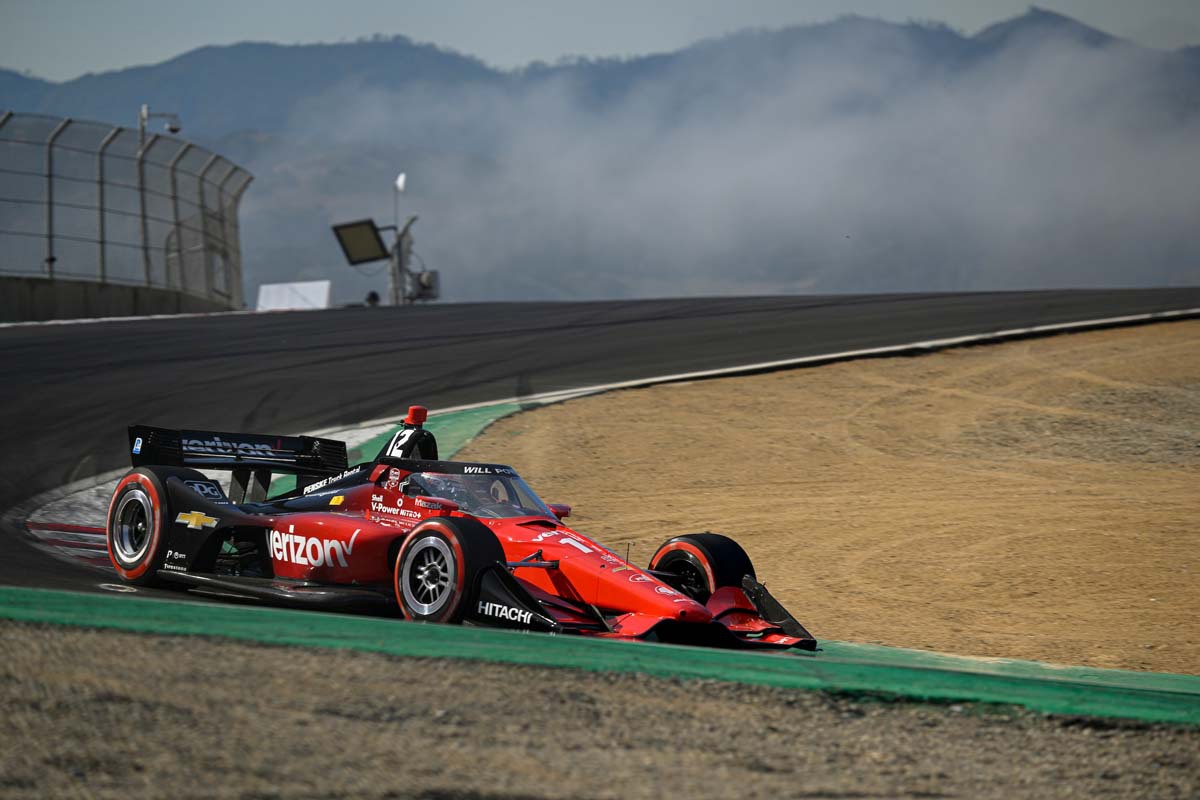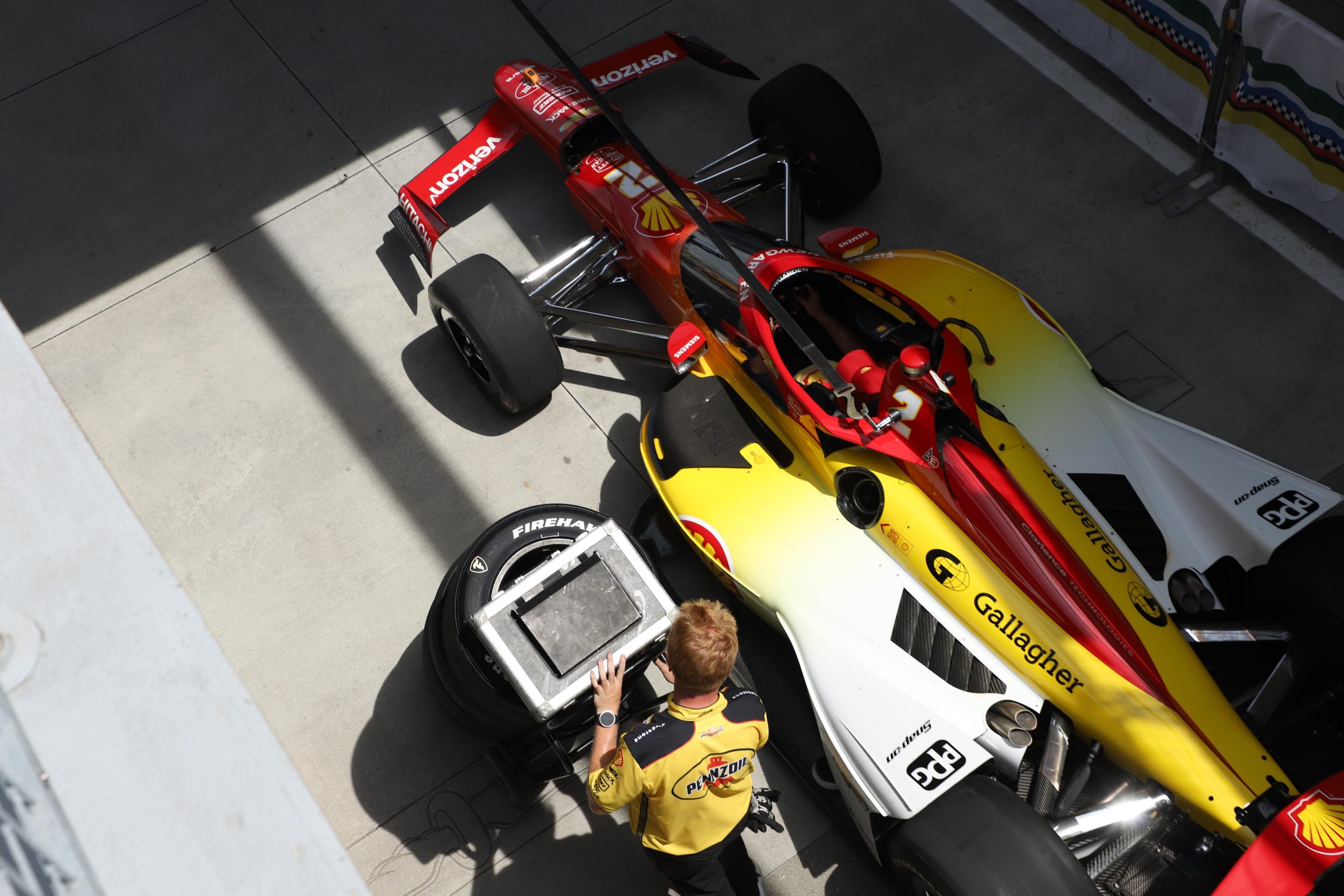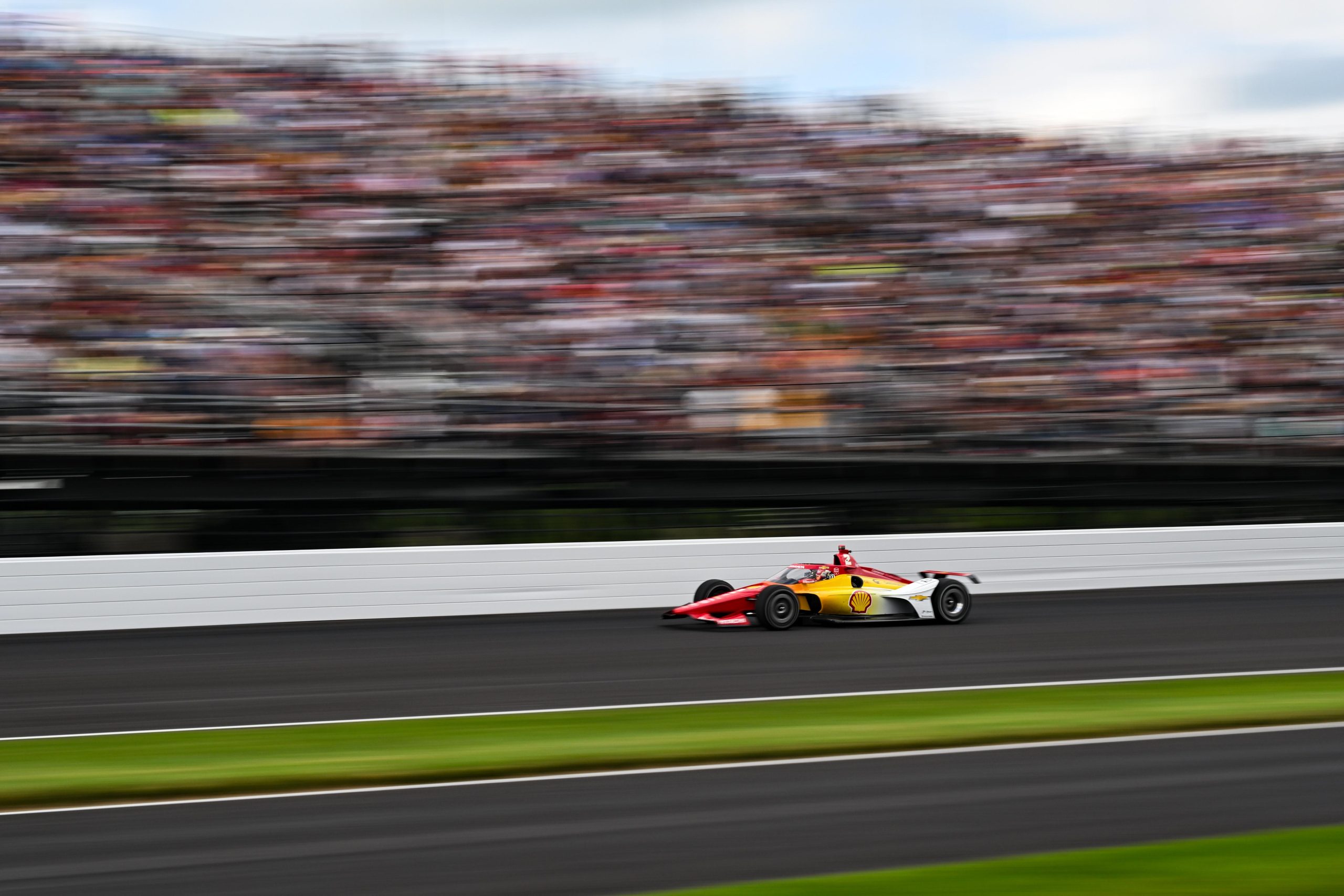How Fast Is An IndyCar?
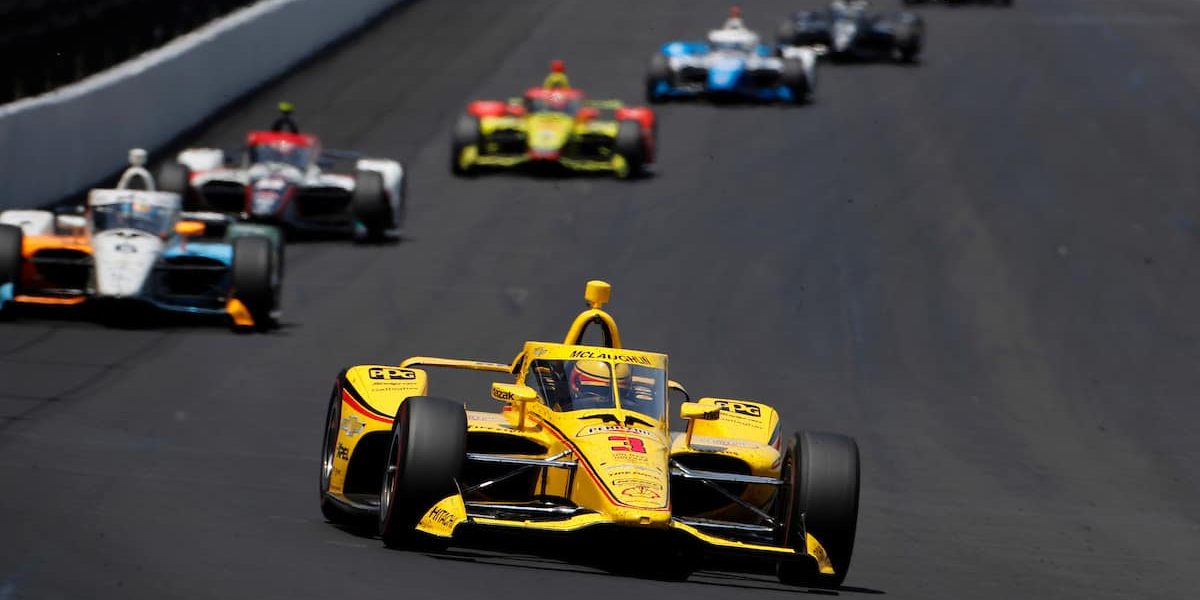
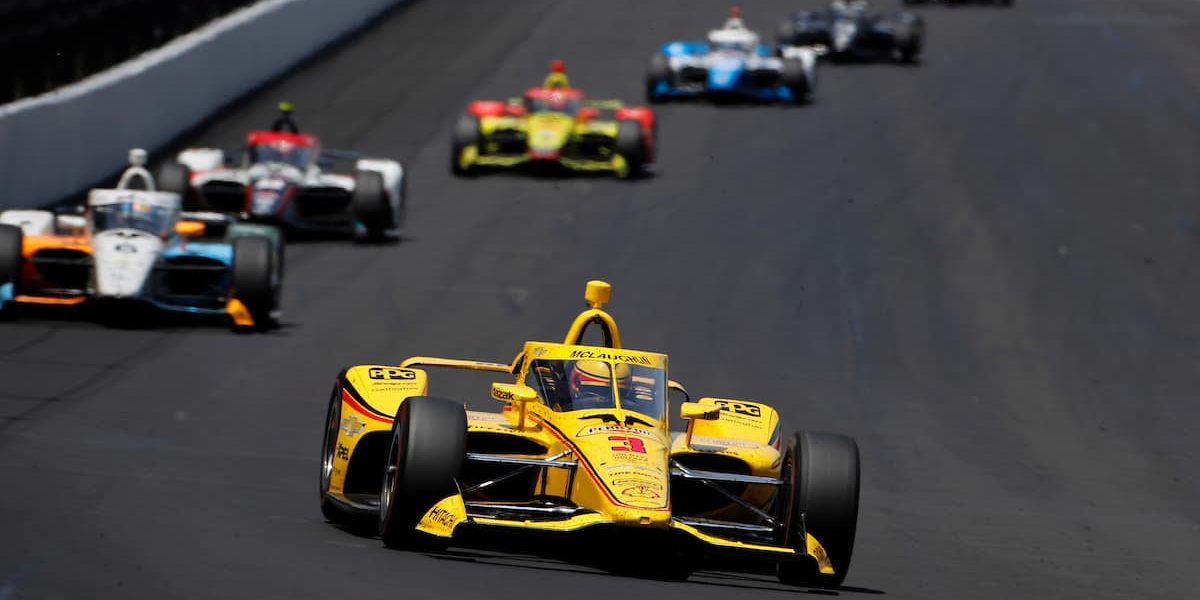
Watching Indycar racing is both thrilling and exciting. With all the high-speed cars racing against each other, most people may wonder, how fast is an IndyCar?
The IndyCar top speed of 236mph was achieved on an oval superspeedway track, utilizing a twin-turbocharged 2.2-liter V6 engine. While their top speeds are impressive, IndyCars are somewhat slower to accelerate, requiring up to three seconds to reach speeds of 90 kph (56.25 mph) on a straight track.
Although those speeds are incredible, can Indy cars beat all the other popular race cars used in different racing competitions when it comes to top speed? Here is some essential information you need to know about car racing.
Table of Contents
Are IndyCars faster than Nascar?
Before we tackle the answer to this question, it is essential to understand that Indycars and Nascar belong to different racing organizations with different rules. To better understand how to answer the question, you must first learn the difference between the two.
The primary difference between the IndyCar and NASCAR is the vehicles themselves.
Even though NASCAR is fast, they still rely on the “stock” aspect of its history for the cars. They weigh almost twice as much as IndyCars, with an average weight of 3250 lbs, while IndyCars weigh only about 1500 lbs.
When it comes to design, NASCAR cars have doors, whereas IndyCars use an open cockpit. NASCAR cars have enclosed wheels, while IndyCars have open wheels.
In addition, NASCAR cars have drivers sitting on the left side of the vehicle, whereas in an IndyCar, the driver sits in the center. This particular rule or concept changes the physics of the car and affects the speeds at which the vehicles can run through corners.
Furthermore, IndyCars doesn’t use restrictor plates on any track, providing them with a higher max speed than a NASCAR. Moreover, IndyCars use a V6 engine while a NASCAR car uses a heavier but more powerful V8 engine.
So with all their differences, are IndyCars Faster Than NASCAR? Yes, they are, but not for the reasons you might think.
A NASCAR car has the capability to reach extremely high speeds. But, since restrictor plates have been implemented and made a race requirement on superspeedways, It slowed them down, eliminating their potential to reach higher max speeds than an IndyCar.
The primary difference between the IndyCar and NASCAR is the vehicles themselves.
Even though NASCAR is fast, they still rely on the “stock” aspect of its history for the cars. They weigh almost twice as much as IndyCars, with an average weight of 3250 lbs, while IndyCars weigh only about 1500 lbs.
When it comes to design, NASCAR cars have doors, whereas IndyCars use an open cockpit. NASCAR cars have enclosed wheels, while IndyCars have open wheels.
In addition, NASCAR cars have drivers sitting on the left side of the vehicle, whereas in an IndyCar, the driver sits in the center. This particular rule or concept changes the physics of the car and affects the speeds at which the vehicles can run through corners.
Furthermore, IndyCars doesn’t use restrictor plates on any track, providing them with a higher max speed than a NASCAR. Moreover, IndyCars use a V6 engine while a NASCAR car uses a heavier but more powerful V8 engine.
So with all their differences, are IndyCars Faster Than NASCAR? Yes, they are, but not for the reasons you might think.
A NASCAR car has the capability to reach extremely high speeds. But, since restrictor plates have been implemented and made a race requirement on superspeedways, It slowed them down, eliminating their potential to reach higher max speeds than an IndyCar.
What is a Restrictor Plate?
Restrictor plates are square aluminum plates with four holes in them. When it comes to the size of the holes, NASCAR is responsible for determining the size of the holes for each track.
These plates are placed between the carburetor and the air intake of the NASCAR vehicle. Its purpose is to slow the speed of the NASCAR cars enough to ensure the safety of the sports spectators and not the safety of the drivers.
These plates are placed between the carburetor and the air intake of the NASCAR vehicle. Its purpose is to slow the speed of the NASCAR cars enough to ensure the safety of the sports spectators and not the safety of the drivers.
Why Does NASCAR Use Restrictor Plates?
Restrictor plates are necessary and required by NASCAR to keep the spectators in the stands safe from accidents. You need to understand that crashes often happen in NASCAR whenever cars are crammed together, and whenever at slower speeds cars stay in a pack.
To give you an example of a NASCAR accident that occurred before the implementation of the Restrictor Plates, in 1987, Bobby Allison crashed at the Talladega Superspeedway, going over 200 mph. Because of the high speed, his car lifted up and was thrown into the air. Fortunately, it was caught on the screen protecting the sports spectators.
However, the tremendous speed of the crash and the amount of debris that flew into the spectators made NASCAR re-evaluate its safety rules and policy. Thus restrictor plates were made a prerequisite to racing in NASCAR.
On the other hand, Restrictor plates are not required or needed in IndyCar, which makes their race speeds faster than that of NASCAR races.
So, yes, IndyCars are definitely faster than NASCAR’s because of this restriction. Currently, The top speed in NASCAR is only 200 mph, while the top race speed in IndyCar is 236mph.
However, some experts estimate that the heavier NASCAR car can run at speeds of 225 mph, which is still slower than the IndyCar record but only a few mph. And considering that NASCAR cars are twice as heavy as an IndyCar, the V8 engine in NASCAR makes a considerable difference compared to the V6 run by IndyCars.
To give you an example of a NASCAR accident that occurred before the implementation of the Restrictor Plates, in 1987, Bobby Allison crashed at the Talladega Superspeedway, going over 200 mph. Because of the high speed, his car lifted up and was thrown into the air. Fortunately, it was caught on the screen protecting the sports spectators.
However, the tremendous speed of the crash and the amount of debris that flew into the spectators made NASCAR re-evaluate its safety rules and policy. Thus restrictor plates were made a prerequisite to racing in NASCAR.
On the other hand, Restrictor plates are not required or needed in IndyCar, which makes their race speeds faster than that of NASCAR races.
So, yes, IndyCars are definitely faster than NASCAR’s because of this restriction. Currently, The top speed in NASCAR is only 200 mph, while the top race speed in IndyCar is 236mph.
However, some experts estimate that the heavier NASCAR car can run at speeds of 225 mph, which is still slower than the IndyCar record but only a few mph. And considering that NASCAR cars are twice as heavy as an IndyCar, the V8 engine in NASCAR makes a considerable difference compared to the V6 run by IndyCars.
Do F1 or IndyCars go faster?
Now that we have determined that IndyCars are faster than NASCARs due to some restrictions, let us now compare the speeds of an F1 car and IndyCars.
Generally, an F1 car is built for sharp braking on custom-built surfaces and quick acceleration. At the same time, the heavier Indy cars are built and designed for producing high speeds over longer straights.
An F1 car will always outpace an IndyCar on an F1 track. An F1 car has much more acceleration than an IndyCar and will quickly gain a lead on the IndyCar at the beginning.
Furthermore, its excellent downforce design enables the F1 car to make turns at higher speeds. Add that to its more efficient braking system that lets it brake faster and more efficiently.
On the other hand, F1 cars are not designed to run on oval tracks at high speeds. For an F1 car, without substantial and necessary modifications, will not be able to last the distance over lengthy Indy race tracks. Its suspension will not be able to support the vehicle, and the engine could even stall.
Each car is excellent for the purpose it was built for. So, an F1 car will beat an IndyCar in an F1 course, but it would struggle against an IndyCar on an oval track. At the same time, an IndyCar will lose badly from an F1 car on an F1 racetrack.
Both the F1 and Indy cars and races are fast and exciting. Although F1 has an excellent following worldwide, IndyCar has a massive following in the US.
Just let the cars race in the environments and conditions best suited to them. There is no need to worry ourselves in determining which car is faster.
Generally, an F1 car is built for sharp braking on custom-built surfaces and quick acceleration. At the same time, the heavier Indy cars are built and designed for producing high speeds over longer straights.
An F1 car will always outpace an IndyCar on an F1 track. An F1 car has much more acceleration than an IndyCar and will quickly gain a lead on the IndyCar at the beginning.
Furthermore, its excellent downforce design enables the F1 car to make turns at higher speeds. Add that to its more efficient braking system that lets it brake faster and more efficiently.
On the other hand, F1 cars are not designed to run on oval tracks at high speeds. For an F1 car, without substantial and necessary modifications, will not be able to last the distance over lengthy Indy race tracks. Its suspension will not be able to support the vehicle, and the engine could even stall.
Each car is excellent for the purpose it was built for. So, an F1 car will beat an IndyCar in an F1 course, but it would struggle against an IndyCar on an oval track. At the same time, an IndyCar will lose badly from an F1 car on an F1 racetrack.
Both the F1 and Indy cars and races are fast and exciting. Although F1 has an excellent following worldwide, IndyCar has a massive following in the US.
Just let the cars race in the environments and conditions best suited to them. There is no need to worry ourselves in determining which car is faster.
Final Thoughts About How Fast is an IndyCar?
To summarize our article about how fast is an IndyCar, the top speed that an IndyCar car has achieved is 236mph, which is faster than most cars in various racing circuits.
In addition to that, IndyCars are faster than NASCAR because it doesn’t use Restrictor Plates that are required for NASCAR cars.
Furthermore, although an F1 car can easily beat an IndyCar in an F1 race, It would lose badly to an IndyCar whenever it races against it in on an oval track.
In addition to that, IndyCars are faster than NASCAR because it doesn’t use Restrictor Plates that are required for NASCAR cars.
Furthermore, although an F1 car can easily beat an IndyCar in an F1 race, It would lose badly to an IndyCar whenever it races against it in on an oval track.
Leave a Comment
Subscribe
1 Comment
More in News
2024 Ontario Honda Dealers Indy Toronto: Photo Gallery
Images from the 2024 Ontario Honda Dealers Indy Toronto. Toronto, ...
Herta, Kirkwood Complete ‘Big Day’ For Andretti Global
Michael Andretti’s raised right arm said it all following the ...
2024 Hy-Vee One Step 250 [Photo Gallery]
Images from the 2024 Hy-Vee One Step 250 in Iowa. ...
Will Power Climbs Through Field, Finally Wins At Iowa Speedway
Add Iowa Speedway to the list of tracks where Will ...
2024 Honda Indy 200 At Mid-Ohio – Race Day Photo Gallery
Images from race day at the 2024 Honda Indy 200 ...
Trending on Indy Chronicle
Do IndyCars have brakes?
Yes, IndyCars feature brake systems to help drivers during races. ...
Exploring Innovations in IndyCar Cockpit Design
In motorsports, keeping drivers safe is key. But, finding a ...
Why Do Casinos Sponsor Major Motorsport Categories?
Casinos have long been associated with major motorsport categories, such ...
Are Indy Cars Identical?
Are Indy cars identical? In the world of IndyCar racing, ...
Why Is Ford Not In IndyCar?
Why is Ford not in IndyCar? IndyCar has strict regulations ...






